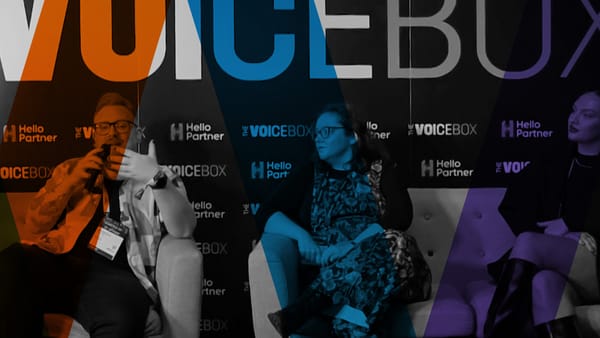The year 2022 will be remembered as the one in which influencer marketing finally landed in the big league of digital marketing. Globally worth $16.4bn (up from $1.7bn in 2016, and $13.8bn in 2021) the sector has experienced a meteoric rise in recent years. There are a number of reasons for this, and these include the global pandemic’s effect on audience trends, with more consumers than ever going online to research and shop for purchases.
Likewise, the growing realisation among the advertising industry that the influence economy offers brands the best chance of engaging with their customers in an intimate, authentic way is another reason the sector has boomed.
The industry is expanding fast, so let’s take a look at some tips and trends for 2022 to ensure your influencer marketing activities are in good shape and fit for purpose.
Tip: be human
‘Authenticity’ can sometimes feel a bit like a buzzword, but there’s no doubt that if you want to resonate with your audience, you need influencers who connect with their audience on a deeper level. For many years, Instagram was a place where people posted (and boasted) exclusively about the finer things in life – the best food, holidays, cars, hotels and homes. The rise of TikTok has changed that, with its focus on realism, and consumers are increasingly engaged by the honesty and integrity they find on the platform.
Trend: go live
One trend TikTok has driven is an increasing focus on live content – not just video, but live broadcasting. It’s amazing to see how much the likes of Instagram are investing in live video at the moment because they realise that this content shows influencers at their most stripped back, honest and, in a way, exposed. There’s nowhere to hide in unscripted, live video, and consumers recognise and engage strongly with influencers that take the plunge with this brave format.
Tip: be sincere
Consumers are more on it than ever, and most will recognise an influencer marketing campaign that lacks sincerity. A good example of this is greenwashing. A brand that employs influencers to celebrate Earth Day (for example) and positions itself as a company that cares about sustainability for only a few days of the year will eventually get called out on it. It’s up to brands – and the agencies working with them – to ensure year-round support of influencers in these important areas to make a real difference and build integrity.
Trend: think small
Micro-creators are on the rise as brands have come to understand that the right fit is not just about volume but also brand affinity, the influencer’s personal story and their specific audience group. Instead of defining influencers per tier and CPMs, the focus is now on their niche and whom they are speaking to.
Platforms are also changing. Instagram/Facebook/YouTube used to use an algorithm that put influencers with the highest following in the spotlight. The rise of TikTok and the changes Instagram is going through now mean that anyone can go viral overnight. The power then shifts into the hands of the consumer, with the result that the opportunities to influence are increasing.
Tip: trust your influencer
One common error we see brands making is a refusal to follow an influencer’s advice on how to present a product or service through a campaign. Time and again, brands will employ a particular influencer for their suitability to engage a specific audience, and then insist on dictating how a brief is executed to a granular level, and in the end, you have to ask whether you can really call the relationship a partnership. Brands need to trust that creators know their audience best, and cede creative control if they want the best results.
Trend: it’s not all about the numbers
This might sound counterintuitive, but don’t get lost in the numbers when taking a holistic view of influencer marketing performance. Of course, it is important to make sure you’re achieving your marketing goals and KPIs through measurement, but there’s much more to achieving success in influencer marketing. Brands must take a broader view of the creators they partner with, the consistency of their message and what that has to say about the influencer’s own values and goals. They must consider how these align with their brand’s goals, and I think we’ll see a trend toward brands considering more than just the hard, cold numbers when engaging an influencer in the future.








